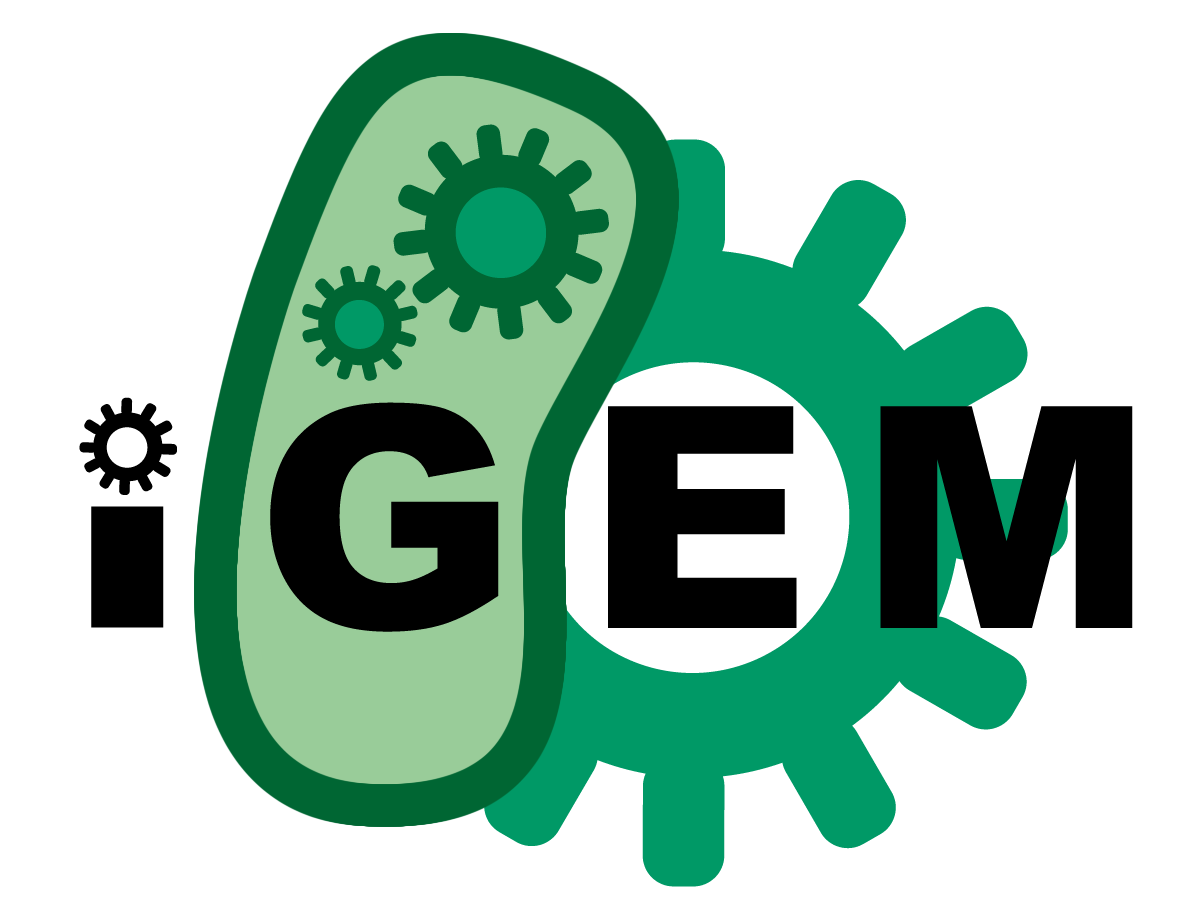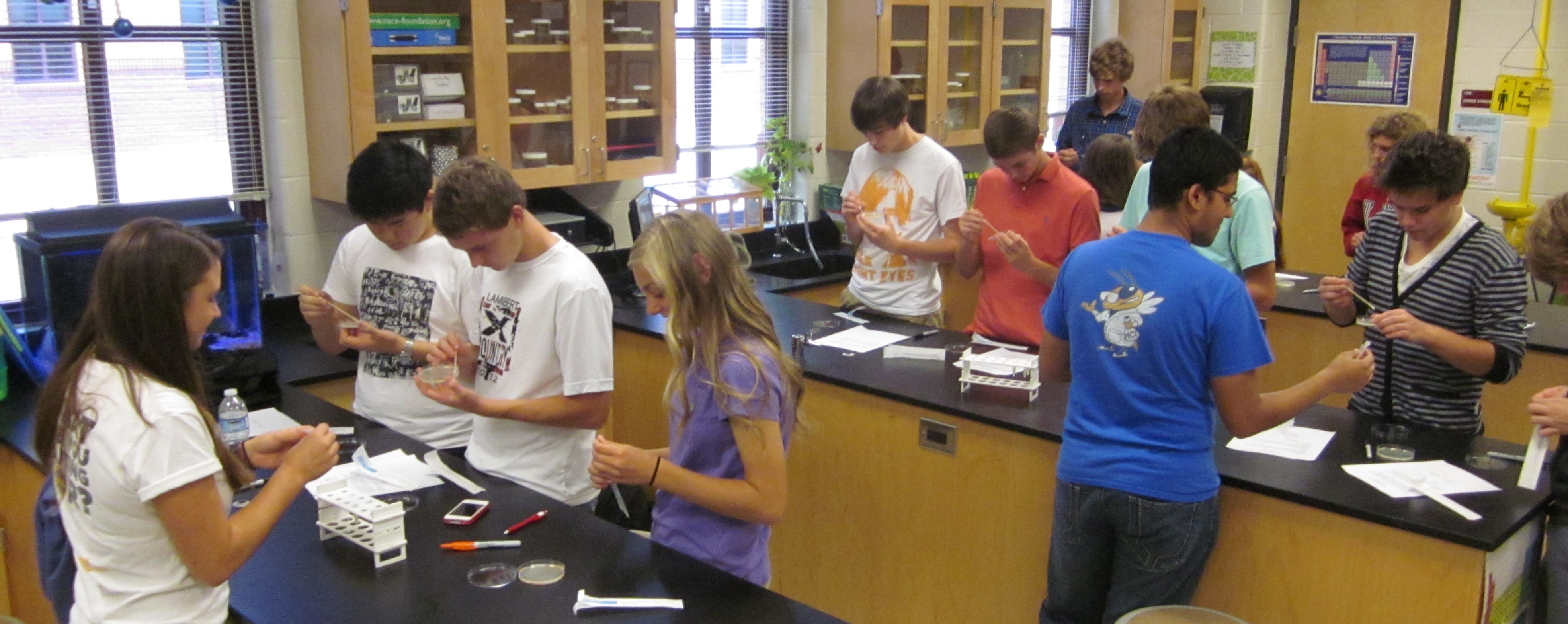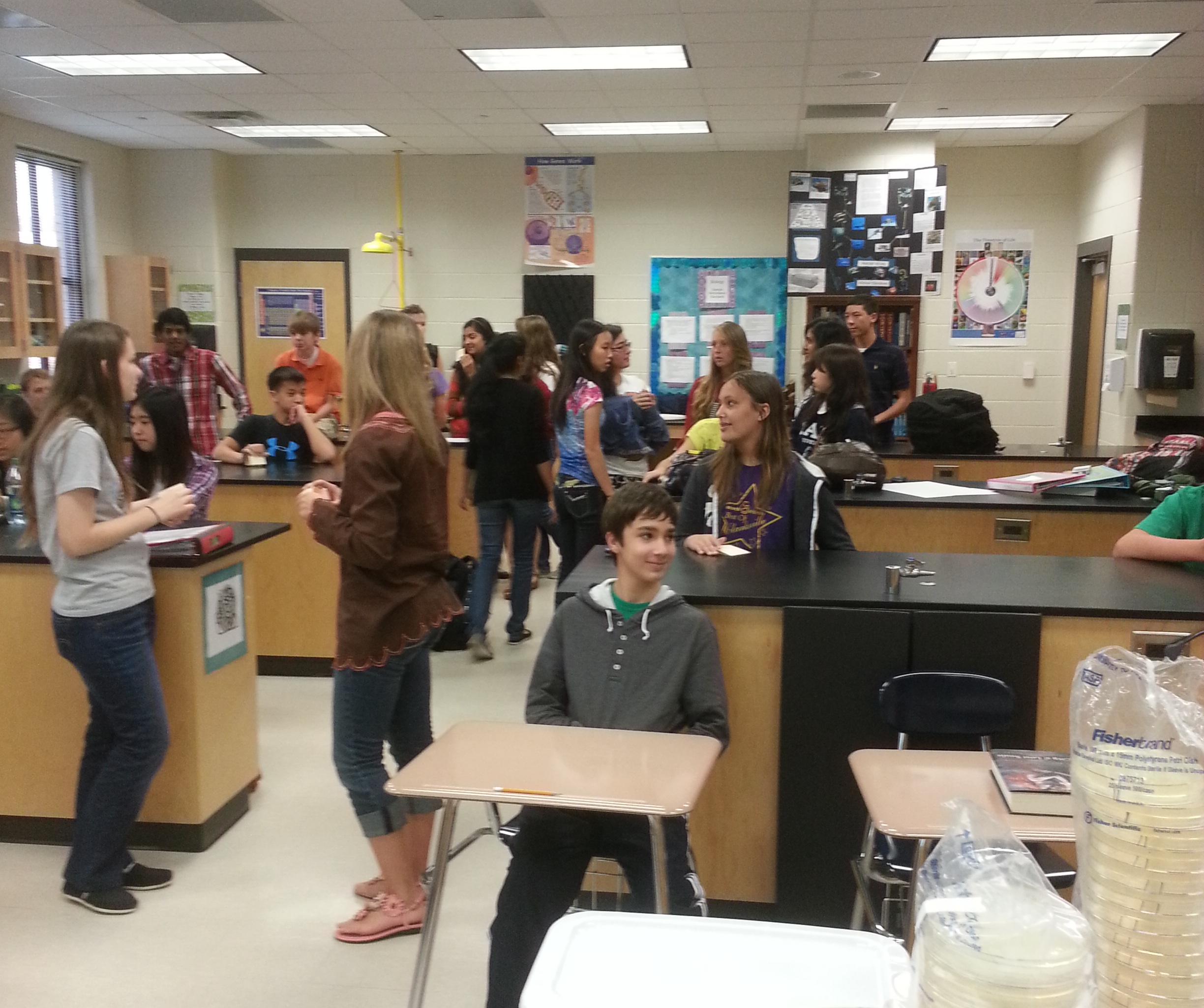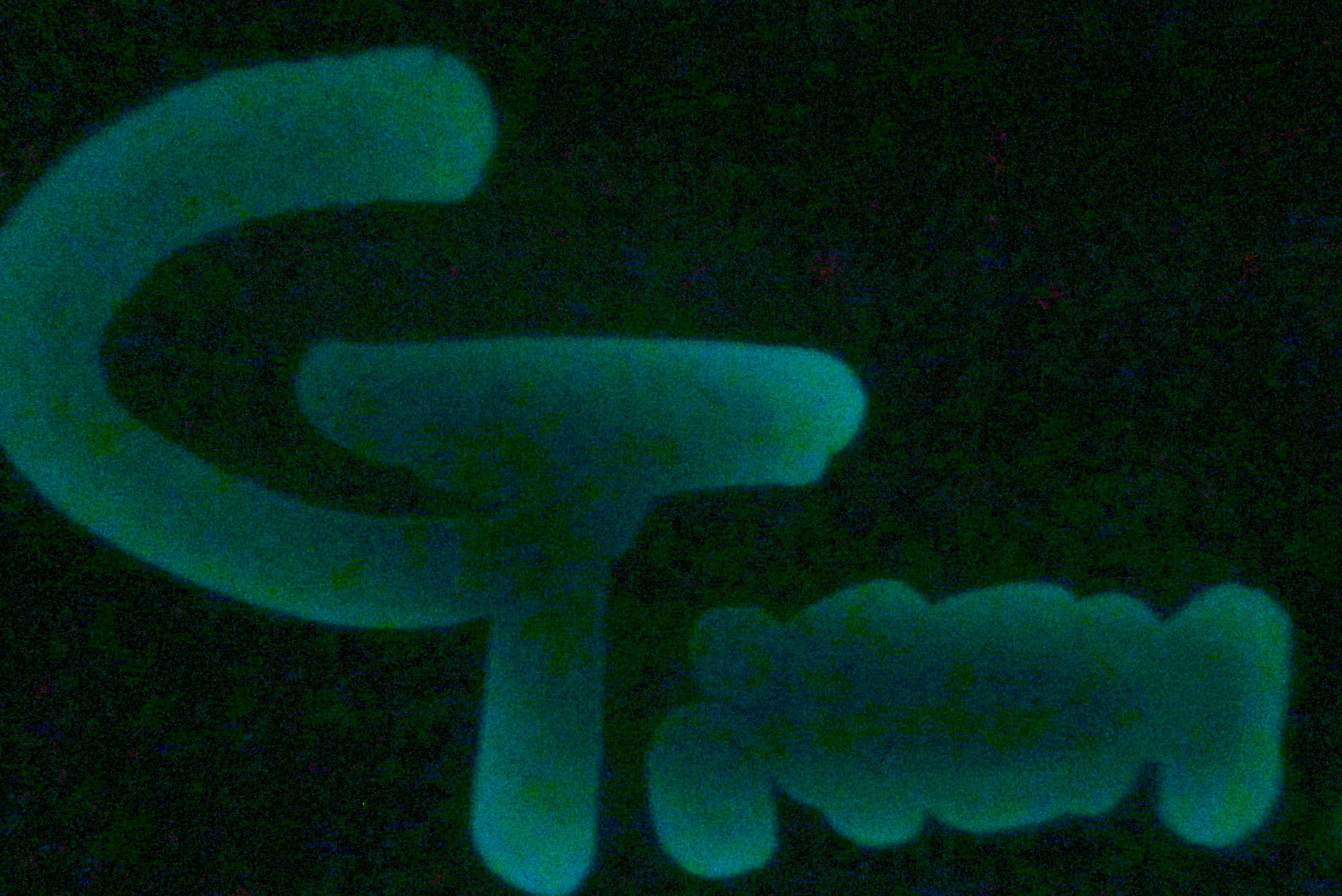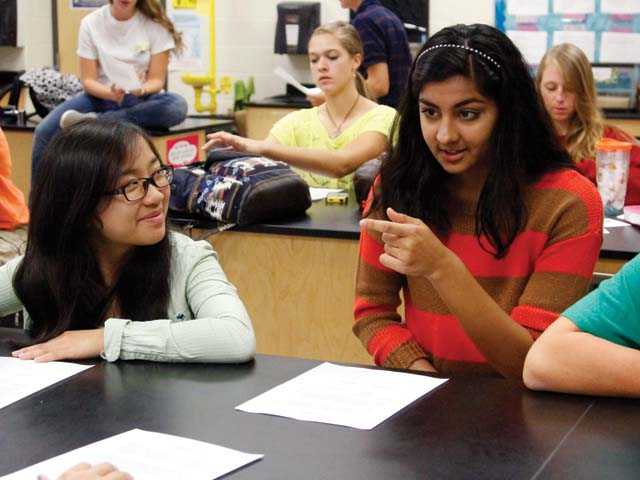Team:Georgia Tech/HumanPractices
From 2012.igem.org
Contents |
Human Practices
Establishment of New Human Practice
Here we present an outline of our workshop for the benefit of other collegiate iGEM teams reaching out to high school iGEM teams. We believe that formal collaborations between college and high school represent an innovative new approach to human practices with benefits for both the high school and collegiate teams. This was an effective way for us to engender excitement about both synthetic biology in high school level students as well as for our college students to demonstrate further mastery of the field of synthetic biology in general and their research topic specifically by creating presentations and activities designed for the high school level.
1. Do an activity that will get the students up and moving. They sit behind a desk all day,You need to get them excited!
2. Explain the point of the activity in a way they can relate.
3. Show an interesting video to give them an explanation from another perspective.
4. Do an experiment to give them hands on experience and a real-life example of your topic in action. This will also give the students a chance to see real culturing methods and use equipment. Be sure to give demonstrations of proper techniques and safety protocols.
5. As the students finish the experiment, talk to them in small groups about their results. Why did they see those results? The students will be more willing to ask questions and explain what they know in a small group setting.
6. Introduce the topic of synthetic biology with a short video or activity.
7. Explain the aims of synthetic biology and compare synthetic biology to familiar concepts, like a circuit.
8. Introduce iGEM, the aims behind the foundation, and the different levels of competition. Present exciting examples of iGEM projects from other high school or collegiate teams.
Be sure to keep you presentations exciting and stimulating to keep students interesting!
Outreach
The GT iGEM team has developed a collaboration with a local high school that is in the process of forming their own iGEM team. The GT iGEM team will provide the high school with technical assistance throughout their own competition. To begin the collaboration , the GT iGEM team took a trip to Lambert High School at the request of teacher Janet Standeven to visit the Biotechnology Class and newly forming iGEM club team. Lambert High School is currently the only high school in Georgia to begin forming an iGEM team, and we were excited to assist in this process. The students were mainly Juniors and Seniors who have taken biology courses before. We spent an hour and forty minutes with each class discussing synthetic biology and quorum sensing to give them perspective on opportunities in synthetic biology and iGEM.
Quorum Sensing Activity
We started with a simple quorum sensing activity designed by Dr. Mark Styczynski to get the students up and moving. We gave each person a card with a shape and two colors, and asked them not to share their card with anyone else.
There were six cards of each shape, each with varying colors. In the first round, students could pick one person to ask what their card had on it. If the two cards had the same shape and one color matching, they became a pair. If not, they returned to their seats with no pair. In the next round, each student could ask one person about his or her card. The pair could only ask one person as a team, but the color could match any of the colors in the group (the shapes would have to all the same). After asking their one person, they had to sit down again. Rounds repeated like this until the whole group of six was found. Prior to the start of a round, if there was a group of three, they could announce one of their colors. If there was a group of four, they could announce their shape. The numbers of singles, pairs, threes, etc. were counted after each round.
The point of this activity was to show the students that bacteria communicate with certain types of molecules, ones only certain bacteria can receive. When these bacteria that can communicate get together in large groups, they have an advantage over the single bacteria because express new genes and alter their phenotypes. The rounds were to simulate the time lapse of bacterial communication in a large population. At first, everyone was mixed up and no one was in pairs. It took several rounds for the students to form a “quorum”, enough to express new phenotypes. However, after being given the ability to broadcast their shape and color, groups quickly found all their potential partners, winning the game.
After the activity, we explained the phenomena of quorum sensing and showed them a portion of the TED Talk by Bonnie Bassler, a professor at Princeton University and a driving force within the quorum sensing field, which can be found below.
Experiment
To give the students a real example of quorum sensing and give them experience with culturing techniques, we led them through an experiment with Vibrio harveyi, a marine bacterium that creates light at high cell density. In order to demonstrate quorum sensing in V. harveyi, we used one wild type and two mutant strains of bacteria.
The wild type strain has the ability to make the signal and receive the signal. One mutant strain will not be able to make the signal, but it will be able to receive the signal. The other mutant strain will not be able to receive the autoinducer, but will be able to make it. We had the students plate these strains side by side in different combinations to see if they luminesced. On the wild type plate, the whole plate luminesced. On the two control plates of sender/sender and receiver/receiver, there was no luminescence. However, on the sender/receiver plate, the receiver strain luminesced strongly in the center and faded toward the edges of the plate.
You can see the full experiment write-up here: <p> We had prepared plates the day before in order to show them how their plates should look in a few days. In small groups, one group member would take them into a very dark room and have the students explain what they were seeing. Some of the questions we asked were the following: Why is only the receiver luminescing? How does the autoinducer move across the plate? Why does the luminescence fade? What should the plate look like tomorrow?
Synthetic Biology Presentation
After their experiment, we had the students watch a short, fun video on the basics of synthetic biology, which can be found below. Then, we further explained the field and its potential applications for the future. The students were greatly interested in the ethics of synthetic biology, especially issues of intellectual property and bio-security leading to discussions about issues of ownership of biological parts and processes as well as techniques for improving security of the parts.
Having explained the importance of synthetic biology and its potential problems, we next introduced the students to iGEM. We went through the aims of the foundation, the different levels of competition, and what our particular team is working on. We paid special attention to explaining BioBricks and the potential they serve in the biological community.
Future Outreach
As previously mentioned, Janet Standeven is forming a high school iGEM team at Lambert High School. We expect to work closely with Mrs. Standeven in the future to establish her team and their project.
Potential activities include bringing them to the Georgia Institute of Technology to see the iGEM lab space and discuss both general and specific scientific practice for the students. It is expected that we will keep close contact with Janet and Lambert High School in the future to further the benefit to both of our groups of students.Our workshop at Lambert High School was also featured in the Forsyth County News, a local newspaper. See the article here: http://www.forsythnews.com/m/section/3/article/14721/.
Safety
Safety Rules and Regulations are an important component of working in a laboratory setting, especially in a synthetic biology lab. That is why, at Georgia Institute of Technology, safety procedures are in place to minimize the risk of mishaps in a laboratory and utmost care is taken such that any accidental or experimental mistakes do not harm the welfare of staff as well as the community.
General Lab Safety
The Georgia Tech iGEM 2012 team follows the guidelines as implemented by the university and all of its members have been trained in Lab Safety Protocols for this purpose. All the team members have attended a presentation on general safety in the lab, understanding material safety data sheets, the meaning of various warning labels, such as those on refrigerators, waste disposal, and autoclaving techniques conducted by the lab safety officer in School of Biology, Marc Pline. The GT iGEM team follows all the safety protocols and guidelines as described by the Georgia Tech Environmental Health & Safety [http://www.ehs.gatech.edu/ here]
Also, our project follows the policies and procedures governing the possession and use of Recombinant DNA as stipulated by the Georgia Institute of Technology Institutional Biosafety Committee and as laid out in [http://www.compliance.gatech.edu/forms/IBC/IBC_PP.pdf this document]
Safety Issues Concerning the GT iGEM 2012 Project
As with any project involving culturing bacteria, appropriate saftey measure have to be taken with our project. Though none of the bacteria we are working with are human pathogens or environmental liabilities, it is possible that unwanted contaminants could be cultured in large volume unintentionally. Therefore, we treat every culture as if it were dangerous and take important precautions, such as wearing Personal Protective Equipment (PPE), cleaiing up any spills with 10% bleach or 70% ethanol, and autoclaving all culture tubes and plates before disposing of their contents.
Bacterial Strains Used
When working with any GMO, it is imperative to make sure that it remains in the lab and is not spread outside the lab. However, for our project we are not working with any human pathogens, so out project has been classified as Biosafety Level 1.
Agrobacterium tumefaciens
The lab has ordered its DNA to isolate the TraR sequence from it. We also recieved Agrobacterium tumefaciens with the Ti plasmid taken out. A tumefaciens is a plant pathogen, but it's virulence factors are on the Ti plasmid. TraR itself is merely a regulatory factor.
Escherichia coliBL21(DE3)
The bacteria we used, BL21(DE3) E. coli, are non-pathogenic and thus not likely to cause any ill effects if released by accident. Transforming with plasmids containing TraR will not confer any benefit to them in any new hosts, save for the antibiotic resistance marker encoded on the plasmids.
Security Risk:
Biobrick Safety Considerations: The proposed biobrick of the Georgia Tech iGEM will consist of the basic parts of DNA of auto-inducer receptor TraR from Agrobacterium tumefaciens and a marker protein such as Green Fluorescent Protein. None of these parts have been documented to raise any safety issues.
Biosafety Regulations at Georgia Institute of Technology
Our project has been classified as biosafety level 1 and the Occupational Health and Safety Committee and the Environmental Health and Safety Office of the Georgia Institute of Technology has approved Professor Brian Hammer’s laboratory (the lab under which the GT iGEM 2012 team works) for Biosafety Level 1 Research and no concerns have been raised by the committee as regards to our project. As stated above, we have been in constant touch as regards to general lab safety with our department’s lab safety officer Marc Pline and have adhered to all the basic safety protocols.
 "
"
